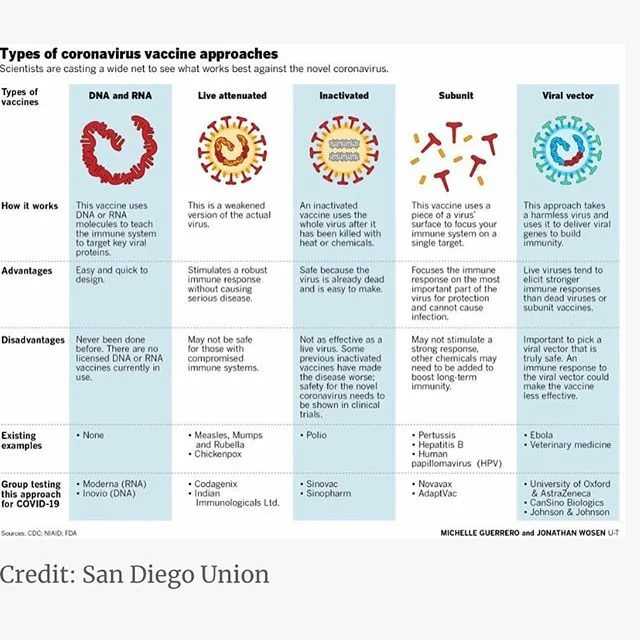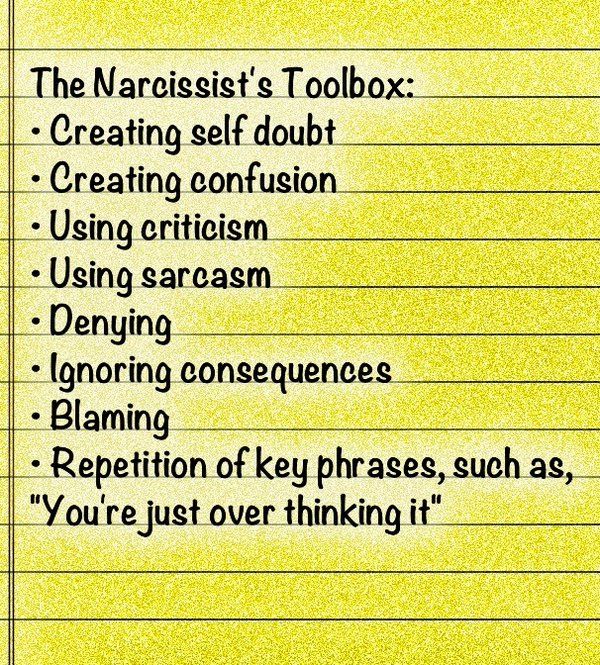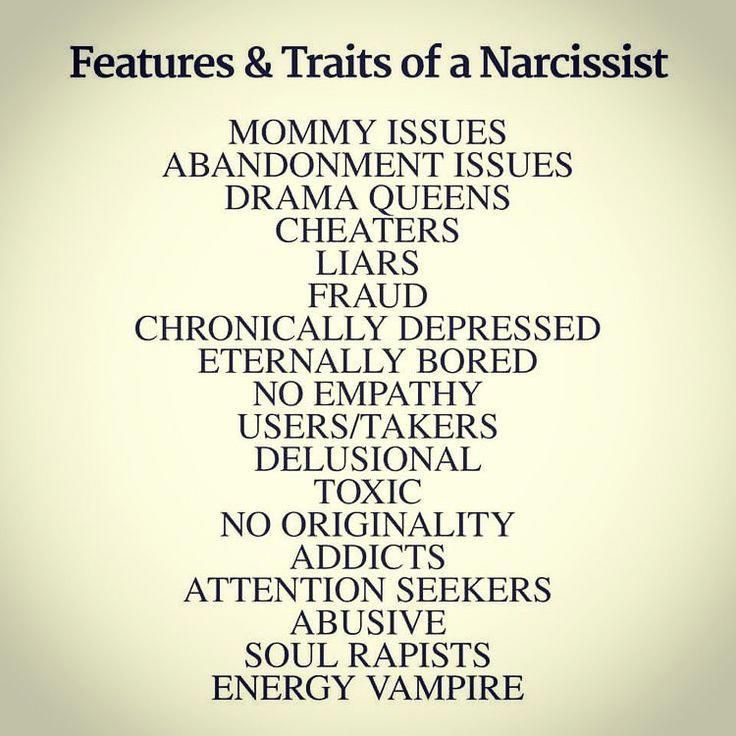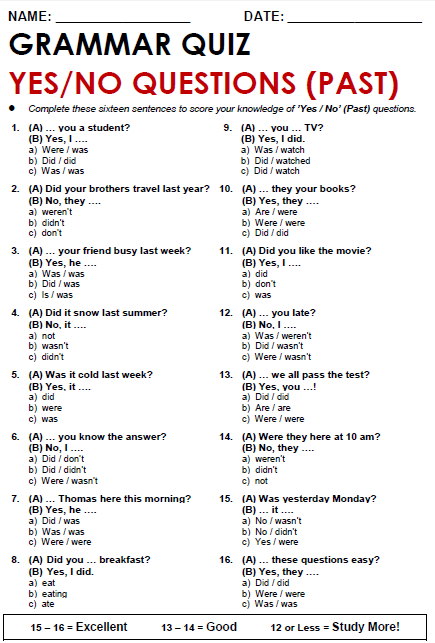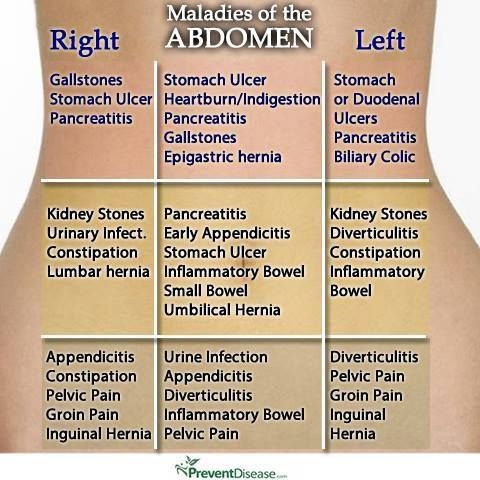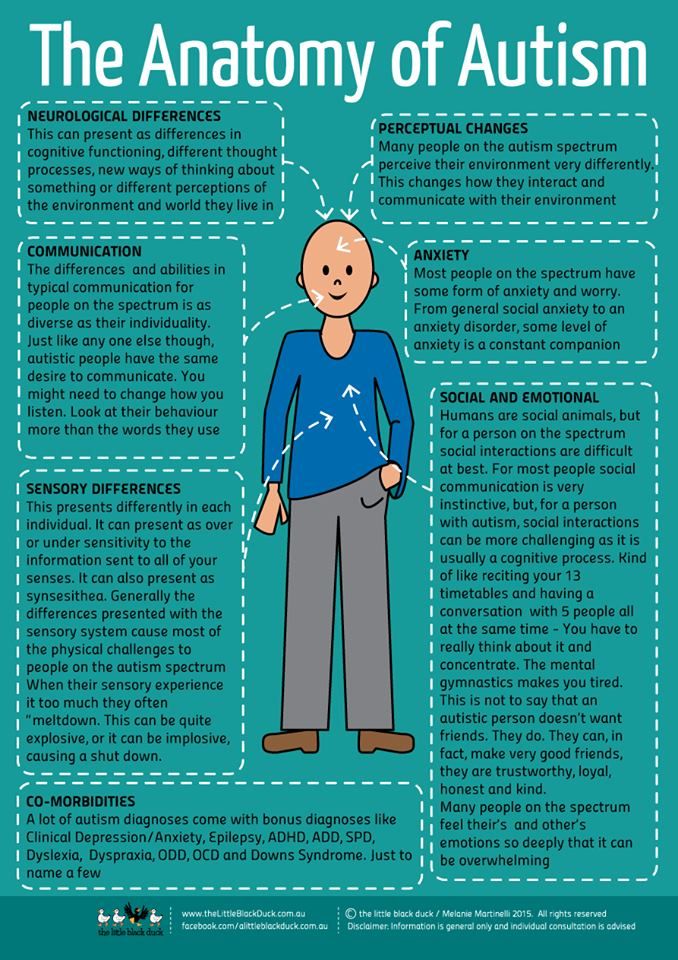Difference between anxiety and bipolar
How Bipolar Disorder and GAD Differ
Sleep issues, mind-racing, and irritability are only a few symptoms in which bipolar disorder and anxiety overlap. How are they different?
For many people, symptoms associated with bipolar disorder and generalized anxiety disorder (GAD) can feel similar.
Learning the difference between bipolar disorder and GAD can help you find treatment options to address your specific concerns.
At first glance, the two can look similar. After a deeper dive, though, you can see several distinctions:
| Symptom | Bipolar disorder mania | Generalized anxiety disorder |
|---|---|---|
| Sleep | Feeling decreased need and thus little to no sleep | Dissatisfied on little to no sleep |
| Energy | Supercharged or functional energy levels, sometimes feeling euphoric | Fatigued, sometimes feeling groggy |
| Thoughts | Creative, innovative, goal-oriented (for better or worse), agitated | Lack of concentration, all-consuming worry, ever mentally replaying interactions |
| Psyche | High self-esteem, impulsive | Low self-esteem, irrational fears |
| Social | More talkative and gregarious than usual | More avoidant of social situations than usual |
| Risk Assessment | Low due to impulsivity | High due to fear of the unknown |
| Duration of episode | 2-4 months for mania/ hypomania, 2 years for cyclothymia | Chronic |
While anxiety can be ongoing, mania will ebb (in people with bipolar disorder II, cyclothymia, or mixed episodes) and is usually followed by an episode of depression.
A person with anxiety often dreads the hypothetical worst-case scenario event. Those managing bipolar II, cyclothymia, or mixed episodes of depression often dread the looming depression bookending an episode of charging “full steam” ahead.
Experiences of mania and anxiety can feel similar. An episode of mania and anxiety can share symptoms like trouble with sleep, racing thoughts, agitation, restlessness, and difficulty concentrating.
Bipolar disorder
Bipolar disorder is a condition marked by fluctuations in mood, energy, and activity levels. The mood changes can include episodes of mania, depression, and psychosis.
According to the National Alliance on Mental Illness, about 2.3 million people in the United States manage bipolar disorder.
When a person is experiencing an episode of mania, they can seem more energetic and active than usual. They might experience several symptoms such as:
- boundless energy while sleeping only a few hours a night
- racing thoughts
- impulsivity, which can negatively impact their employment and finances, their interpersonal, sexual, or social relationships, or result in legal consequences
- distracted
- restlessness, agitation
- feeling fidgety and absentmindedly pacing, picking, or adjusting — called psychomotor agitation
When a person is having a depressive episode, they may be more withdrawn.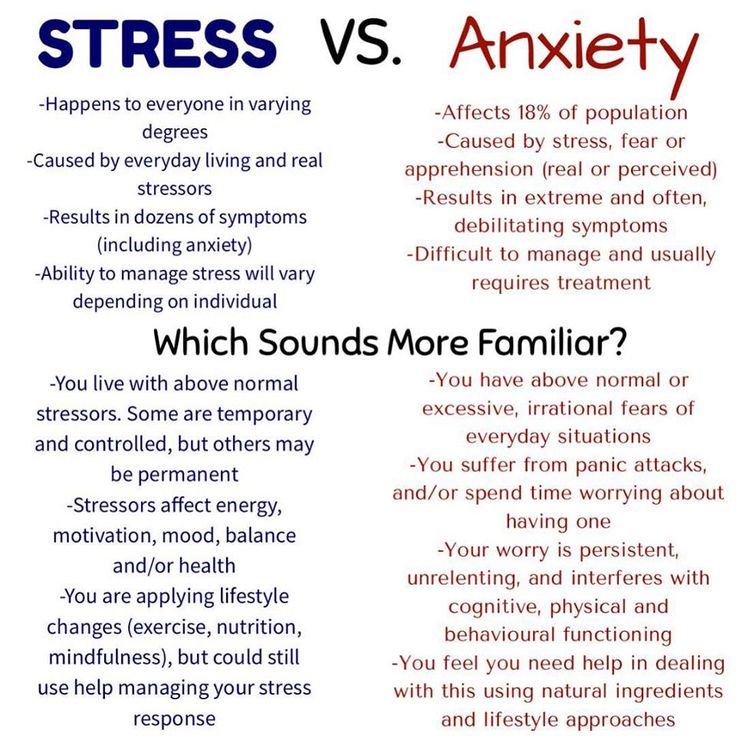 Other symptoms can include:
Other symptoms can include:
- fatigue
- feeling sad or hopeless every day for 2 weeks
- trouble falling or staying asleep
- constantly feeling guilty or worthless
- loss of interest in previously enjoyed favorites
- suicidal thoughts or intentions
Generalized anxiety disorder
GAD is a prevalent type of anxiety that can interfere with your day-to-day life. According to the National Institute of Mental Health, 5.7% of adults in the United States experience GAD at some time in their lives.
If you have GAD, you might be anxious about several things a lot of the time. GAD symptoms include:
- restlessness, sometimes visibly
- trouble falling asleep or staying asleep
- startled easily, jittery
- unexplained stomachaches, headaches, or other bodily pains
- Muscle tension in your shoulders or neck
Some people can have bipolar disorder and anxiety. Studies have shown that anxiety is the most likely mental health condition to co-occur with bipolar disorder.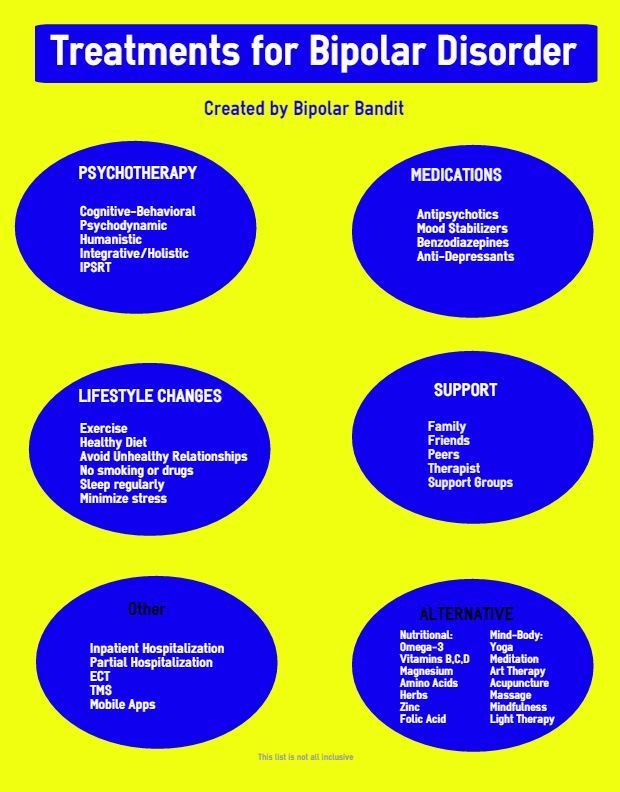
Diagnosing co-occurring bipolar disorder and anxiety and pinpointing one symptom to a particular condition can be difficult. However, with treatment, both are manageable.
Bipolar disorder and anxiety are two mental health conditions that can look and feel similar. Some people also experience anxiety and bipolar disorder together.
The differences come in the triggers behind the overarching symptoms.
Though experiencing bipolar disorder, anxiety, or both can be difficult, treatment — such as therapy, medication, mindfulness, and a sound routine — makes both readily manageable.
Depression, Anxiety, or Bipolar Disorder
Symptoms of depression, anxiety disorder and bipolar disorder have similarities -- but require different treatments.
Written by Jeanie Lerche Davis
This sad, hopeless feeling just can't go on. It's affecting your job, your life. It seems like depression. But could it be something more?
Many people with depression also experience some degree of anxiety - anxiety that goes beyond the typical tension we experience when we face life's challenges. For people with an anxiety disorder, the overwhelming worry and fear is constant - with obsessive thoughts, feelings of panic, trouble sleeping, heart palpitations, cold or sweaty hands.
For people with an anxiety disorder, the overwhelming worry and fear is constant - with obsessive thoughts, feelings of panic, trouble sleeping, heart palpitations, cold or sweaty hands.
"Very often, we find that people have more than one condition -- both depression and anxiety disorder," says Charles Goodstein, MD a professor of psychiatry at New York University School of Medicine, with a clinical practice in Tenafly, N.J. "As a matter of fact, it's very hard to find patients who are depressed who don't also have anxiety. It's equally hard to find people with anxiety who don't have some depression."
Mood Disorders Similar to Depression
Indeed, sadness, depression, and anxiety are often triggered by life events - and the symptoms are not easily separated out, says Andrea Fagiolini, MD, a psychiatrist and medical director of the Bipolar Center at the University of Pittsburgh School of Medicine.
"We see this very frequently," he tells WebMD. "Financial, relationship, and family problems - all these can trigger anxiety and sadness, so we consider these feelings to be normal.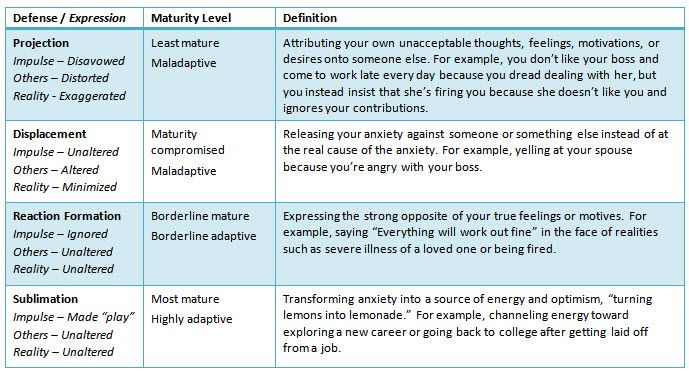 They are not normal when the feelings are extremely intense, when they impair everyday functioning, affect quality of life. When all that is happening, it becomes difficult to solve the very problems that started the depression."
They are not normal when the feelings are extremely intense, when they impair everyday functioning, affect quality of life. When all that is happening, it becomes difficult to solve the very problems that started the depression."
In addition to anxiety and depression, there might be something else going on -- bipolar disorder. This is a condition that involves shifts in a person's mood from severe depression to manic phases - with soaring highs, restlessness, difficulty concentrating, racing thoughts, impulsive decisions, reckless behavior, and poor judgment. In many cases there is normal mood in between the phases.
Antidepressant Not Always Best
Because of the difficulty in diagnosing these mood disorders, it's important to talk to your doctor candidly about what you've been feeling. It's also crucial that your doctor take time to ask enough questions, Goodstein adds. "Many people go to a general practitioner first. They've been feeling depressed and think they may need an antidepressant.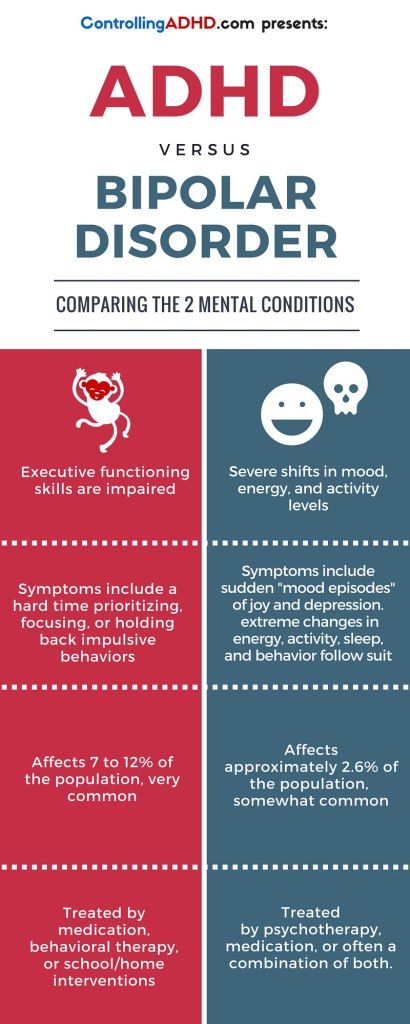 But if that doctor is very busy, he or she can't do much evaluation."
But if that doctor is very busy, he or she can't do much evaluation."
Under those circumstances, an antidepressant is often prescribed - yet that may or may not be the right choice. "Antidepressants are used to treat both anxiety disorders and depression. However, someone with bipolar disorder needs a different set of drugs -- a mood stabilizer and antimanic medication," Fagiolini tells WebMD. There are several types of mood-stabilizing drugs, which include medications like lithium and anticonvulsive drugs such as Depakote or Lamictal.
The danger: "Giving an antidepressant to someone with bipolar disorder could trigger a manic episode," he explains. "Manic episodes can be dangerous, because you have very poor judgment, tend to use more drugs, drive recklessly, spend a lot of money, have much more sex - and have it completely unprotected. There's a higher risk of high-risk behaviors because there is poor judgment."
Treating a Mood Disorder Takes Time
What's most important, psychiatrists say, is to recognize that something is wrong. Then see a doctor regularly.
Then see a doctor regularly.
"It's a good sign if your doctor wants to see you more than once before prescribing something," says Goodstein. "It's better if your doctor wants to see you regularly, rather than prescribe the medication and say, 'check back with me in six months.'"
Because bipolar disorder is condition that is ongoing but not always evident, the National Institute of Mental Health recommends long-term preventive treatment. The institute notes that a combination of medication and psychotherapy works best to keep the disorder under control over time.
With most people, "things are more complicated than they seem on the first visit," Goodstein tells WebMD. "Almost always, there's something more going on, and a doctor just can't know all that in one visit. It's erroneous if they think they can."
It's important to get treated for any mood disorder, because it can affect your own quality of life -- as well as the people around you, Goodstein adds. When you're depressed -- for any reason -- "You don't care about yourself.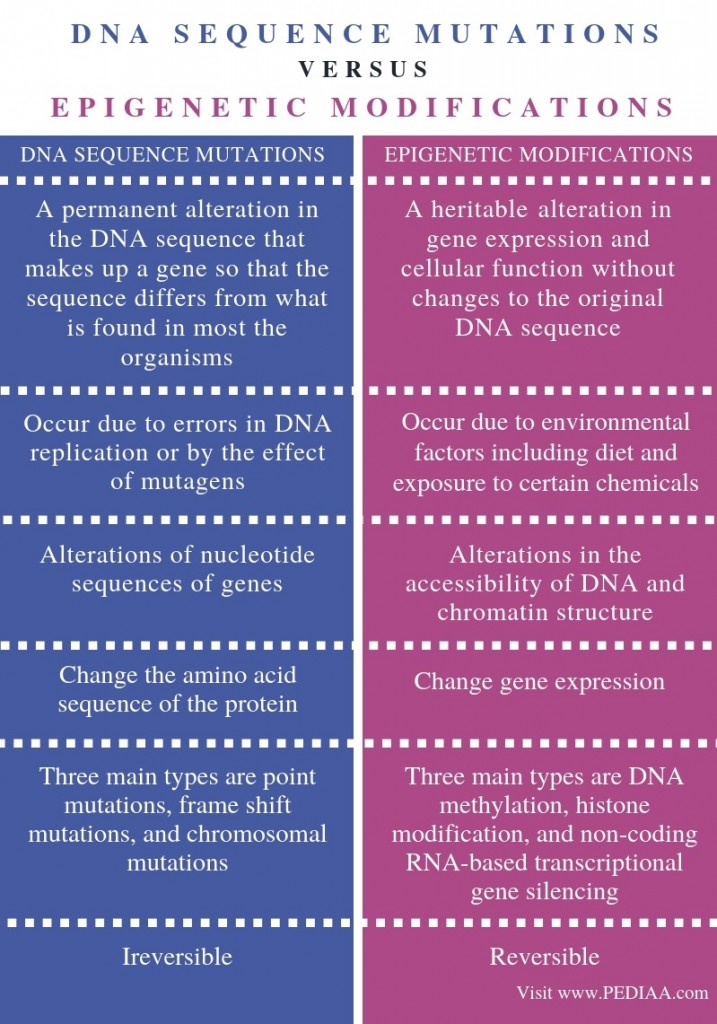 You don't care about those around you. And often, you don't have the motivation to get help because you feel hopeless," he says. "You might think there's no way to solve your problems. But that's not true. We can treat your depression, so you'll be better able to find solutions to your problems."
You don't care about those around you. And often, you don't have the motivation to get help because you feel hopeless," he says. "You might think there's no way to solve your problems. But that's not true. We can treat your depression, so you'll be better able to find solutions to your problems."
All About Bipolar Affective Disorder
What is Bipolar Affective Disorder?
Bipolar affective personality disorder, or manic-depressive psychosis, is a complex, mental illness characterized by constant mood swings. This is not an ordinary mood change that happens to every person, but a systematic psycho-emotional drop with a short-term normal state. It is the episodes from depression to an extremely agitated state that are called affective. In Russia, 1% of the population is affected by this disease. As a rule, it is observed among young women aged 20 to 30 years. However, men are also prone to bipolar disorder, and they begin it earlier than women. And if in women it begins with a depressive phase, then in men it starts with a manic phase.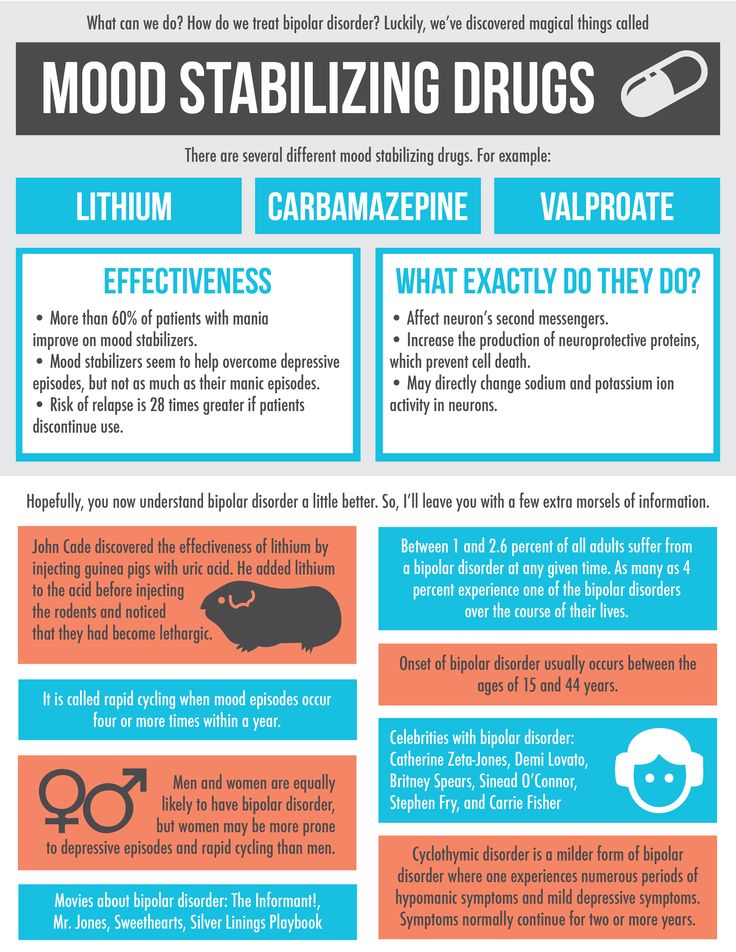 The appearance of symptoms of bipolar disorder in women is often associated with hormonal disorders and the characteristics of the menstrual cycle.
The appearance of symptoms of bipolar disorder in women is often associated with hormonal disorders and the characteristics of the menstrual cycle.
Bipolar affective disorder can destroy personal relationships, impair the quality of work, reduce academic performance, and in some cases even lead to suicide. Therefore, it is so important to diagnose it in time and prescribe appropriate treatment.
Causes of bipolar affective disorder
To date, doctors cannot answer the question about the exact causes of this disease. It is known for certain that it can be genetically transmitted, but sometimes it is in "sleep mode" until it is triggered by some stressful event. Also, pushing factors for the development of BAD can be:
- chronic fatigue;
- overwork;
- emotional burnout;
- dissatisfaction with personal life;
- death of a loved one;
- financial problems;
- dissatisfaction with life;
- sensitivity and susceptibility to things;
- melancholic character;
- head injury;
- use of drugs and alcohol.
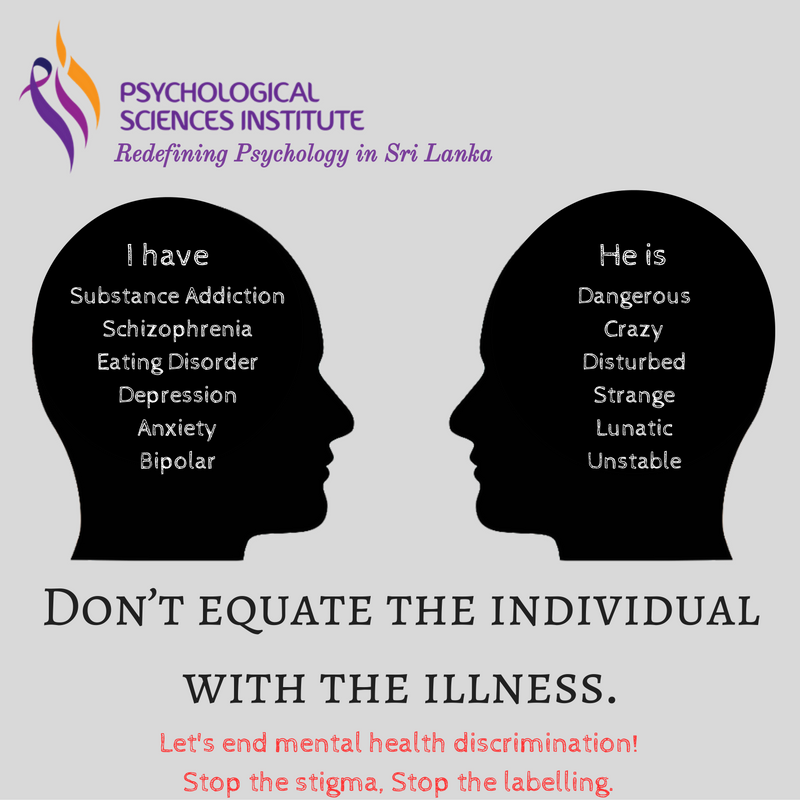
Disease pathogenesis
The pathogenesis of bipolar affective disorder, that is, the onset and development of the disease, is currently not fully understood. At 95%, we can only say that it is transmitted genetically and is associated with neurochemistry. According to studies, in 80% of cases the nature of the disease is associated with the environment of the patient and only 20% is transmitted genetically. The causes of manic phases are increased tone of the central nervous system, as well as hyperfunction of the thyroid gland and pituitary gland.
Symptoms or how the disease manifests itself
As a rule, signs of bipolar affective disorder are observed in patients in the autumn-winter and winter-spring periods. And the point is not only in climatic features, but also in weakened immunity at the indicated times of the year.
BAD is divided into 2 phases: depressive and manic, and can manifest itself equally in both phases. The frequency of the phases and their change is very individual for each individual patient and lasts from 2 weeks to 2 years.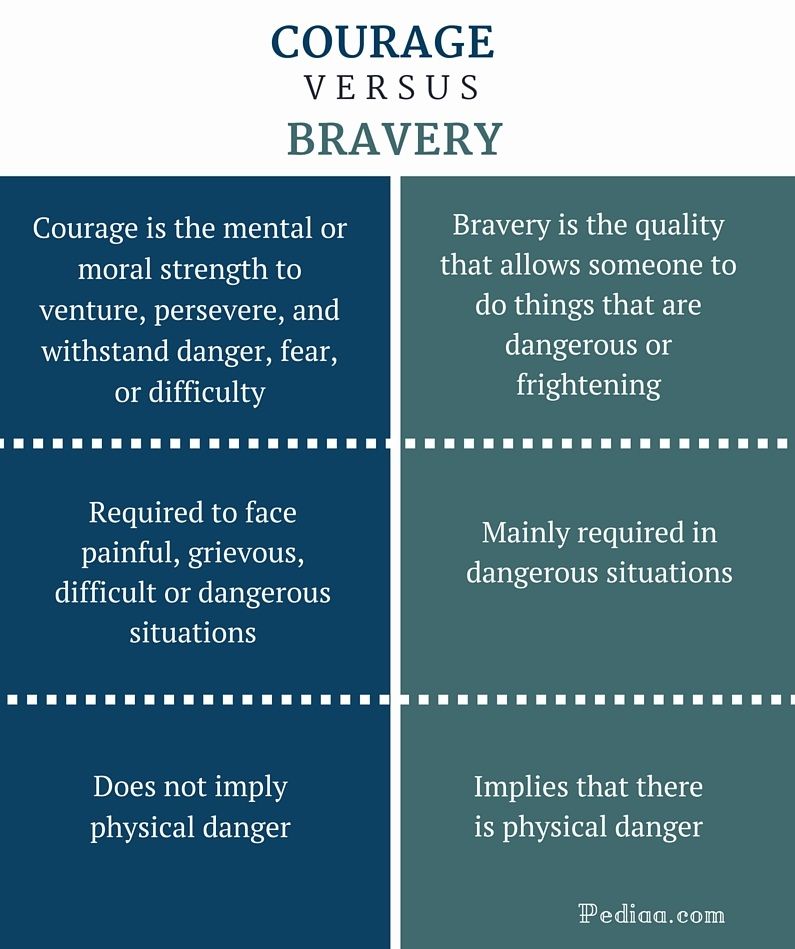 However, even the duration of the disease cannot lead to any mental defects, such as schizophrenia, on the contrary, rather, patients with schizophrenia develop a “bipolar disorder”.
However, even the duration of the disease cannot lead to any mental defects, such as schizophrenia, on the contrary, rather, patients with schizophrenia develop a “bipolar disorder”.
Bipolar affective disorder is characterized precisely by the sequence of the above phases. A patient with mania can be recognized by the following features:
- increased hyperactivity;
- excitability for more than a week;
- fast speech;
- great flow of speech and confusion of thought;
- rapid change in mood;
- increased self-esteem.
The latter entails performing overwhelming tasks that patients cannot afford. Also, the patient is accompanied by irritability, mild euphoria, excessive frankness in conversations and behavior. A person sleeps little, and 2 hours of sleep is enough for him to feel good. In rare cases, the phase is accompanied by delusions of grandeur or persecution, sound and / or auditory hallucinations. At the same time, the symptoms of the depressive phase are slightly different.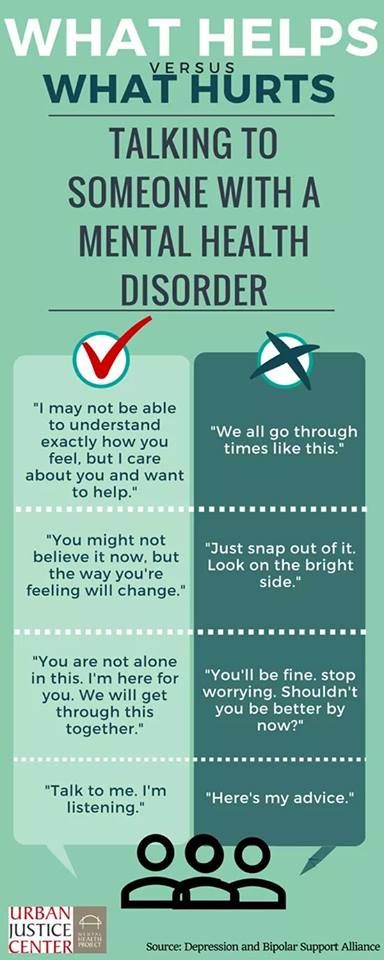 It:
It:
- laziness and apathy;
- depressed mood;
- constant desire to sleep;
- physical ailment;
- anxiety;
- heaviness in legs and head;
- unwillingness to do something.
At the slightest detection of symptoms and signs of bipolar affective disorder in a patient, an early diagnosis and surgical treatment of the disease is required. This applies to any course of the disease, even if the depressed mood or the sudden change of mood in a person lasts only a few days. Any timely help will be salvation and help for the patient and will help to survive the course of the disease more easily. Painful perception of criticism, shallow depression, anxiety, unreasonable anxiety - all this, too, should alert and serve as an impetus for taking decisive action. As mentioned above, both men and women are prone to bipolar disorder, although they are more common in the latter. This is due not only to menstrual irregularities and hormonal disorders, but also to a severe course during childbirth, the so-called postpartum depression.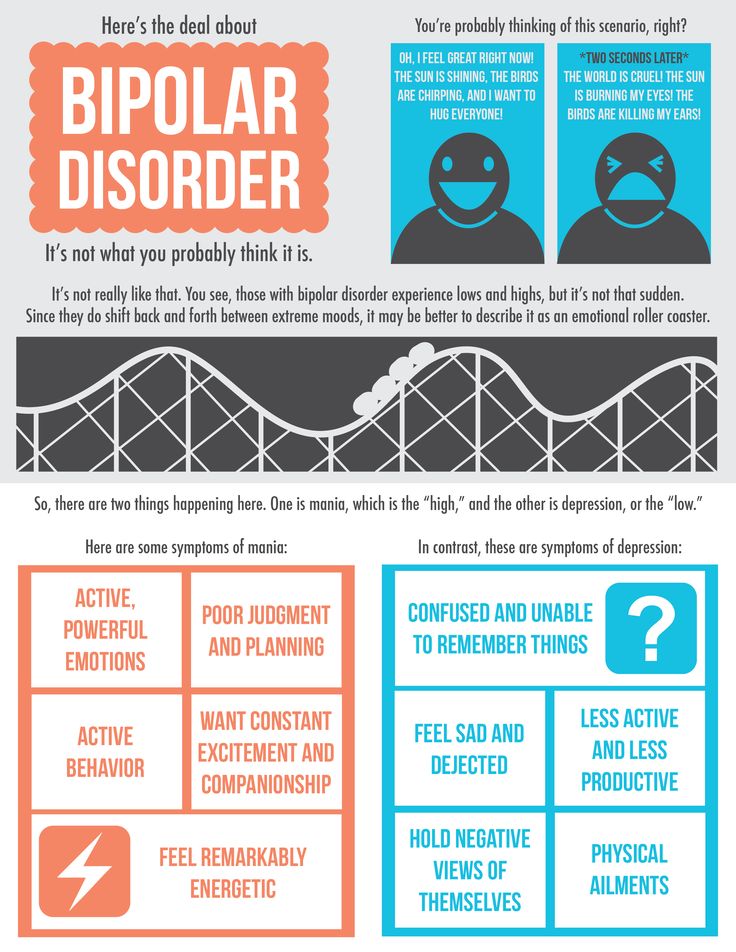 As a rule, women are more susceptible to the unipolar course of bipolar disorder, when the course of the disease is accompanied by only one of the phases: manic or depressive. The latter is usually more common.
As a rule, women are more susceptible to the unipolar course of bipolar disorder, when the course of the disease is accompanied by only one of the phases: manic or depressive. The latter is usually more common.
Bipolar affective disorder symptoms in women are accompanied by rapid cycles and mixed episodes. The prerequisites for them are eating disorders, alcohol or drug addiction, abuse of antidepressants. In addition, women are more prone to migraines, thyroid disorders, diabetes and obesity. It is these external stimuli that become the prerequisites for the development of BAD. Childbirth also becomes one of the factors in the development of the depressive phase, if a woman has already been diagnosed with this disease before them. In this case, the risks of developing the disease increase several times. Women are also more likely to have suicidal thoughts.
But in men, the symptoms of bipolar affective disorder largely depend on external factors, and the course of the disease is a little milder.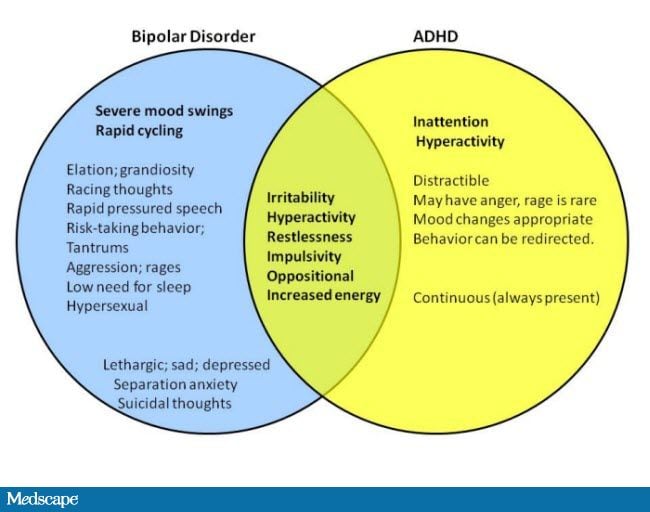 The periods between phases are long and get worse over time. With inadequate and untimely treatment, the disease progresses and it becomes more difficult to get rid of it. Mostly in men, a mixed type of disorder is observed, which is accompanied by a short-term remission. In men, more often than women, the ability to do something is lost, concentration of attention decreases, and insomnia appears. And if in women one phase of BAD can last longer than another, then in men the duration is almost the same.
The periods between phases are long and get worse over time. With inadequate and untimely treatment, the disease progresses and it becomes more difficult to get rid of it. Mostly in men, a mixed type of disorder is observed, which is accompanied by a short-term remission. In men, more often than women, the ability to do something is lost, concentration of attention decreases, and insomnia appears. And if in women one phase of BAD can last longer than another, then in men the duration is almost the same.
In addition to external factors that influence the development of bipolar disorder in men, such as unsettled life, problems in personal life and at work, financial difficulties, a common cause of the development of the disease is long-term alcohol consumption.
Classification of affective disorder
This disease is classified into different types and phases.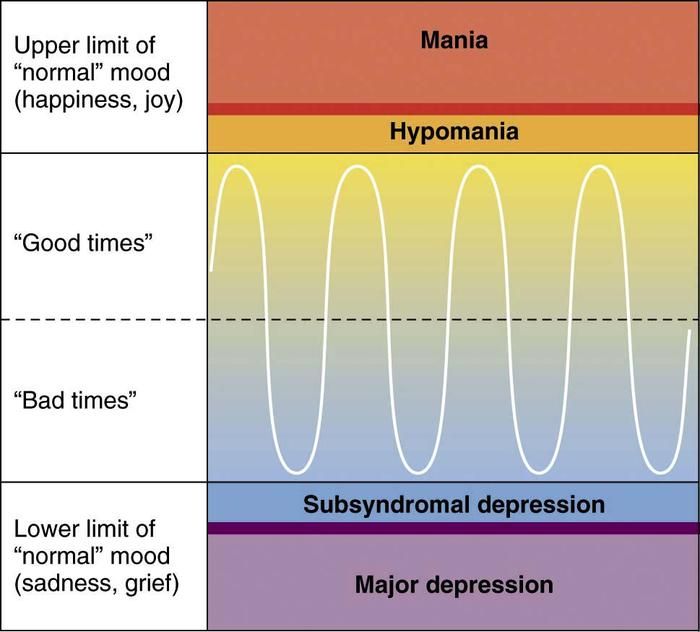 So, according to the international classification of diseases (ICD-11), types of bipolar affective disorder are divided into 1 and 2. The classic course, as mentioned earlier, is manic and depressive, and one phase can either last a long time or change abruptly to another. Another phase is due to a sharp transition - from manic to depressive without any interruptions. Frequent, long phases with rapid cyclicity - 4 or more phases significantly affect the patient's condition, his quality of life and are a poor prognosis for the course of the disease.
So, according to the international classification of diseases (ICD-11), types of bipolar affective disorder are divided into 1 and 2. The classic course, as mentioned earlier, is manic and depressive, and one phase can either last a long time or change abruptly to another. Another phase is due to a sharp transition - from manic to depressive without any interruptions. Frequent, long phases with rapid cyclicity - 4 or more phases significantly affect the patient's condition, his quality of life and are a poor prognosis for the course of the disease.
Bipolar affective disorder type 1 is accompanied by an aggravation of mania and pronounced depression, which leads to a violation of normal functioning. As a result - frequent hits in hospitals or police stations. Patients have a pronounced apathy, a complaint about themselves, the inability to do any business. The patient, as a rule, begins to blame himself, to consider himself incapable of anything.
And if BAD type 1 is characterized by a phase change, then bipolar affective disorder type 2 is due to the presence of only a depressive episode without mania.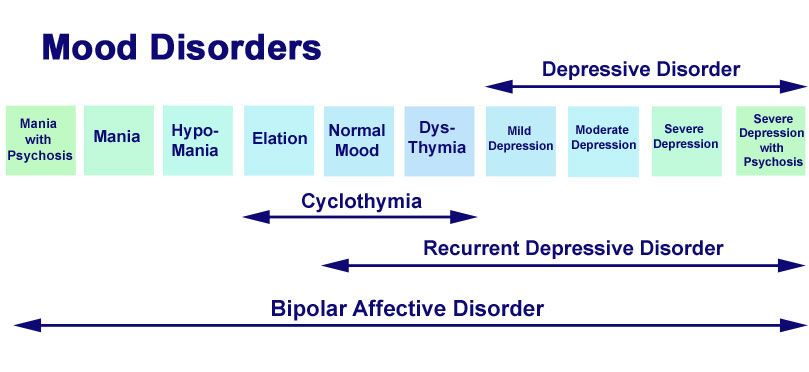 The course of the disease is similar to unipolar depression, however, these are two completely different diseases. If in patients in the first case, with prolonged use of antidepressants, everything returns to normal, then in patients with BAD type 2, they are not only contraindicated, sometimes, but can also cause hypomania, which has an extremely negative effect on the course of the disease. The phases last longer, replace each other faster, a mixed state occurs, which a person can hardly endure.
The course of the disease is similar to unipolar depression, however, these are two completely different diseases. If in patients in the first case, with prolonged use of antidepressants, everything returns to normal, then in patients with BAD type 2, they are not only contraindicated, sometimes, but can also cause hypomania, which has an extremely negative effect on the course of the disease. The phases last longer, replace each other faster, a mixed state occurs, which a person can hardly endure.
By phases, bipolar disorder is divided into the following types: manic, depressive, and also, a mixed episode of bipolar affective disorder is distinguished. The latter can be manifested by sudden outbursts of fun in a state of melancholic mood.
Other indicators are:
As a rule, the symptoms of this episode last about 1 week or quickly change.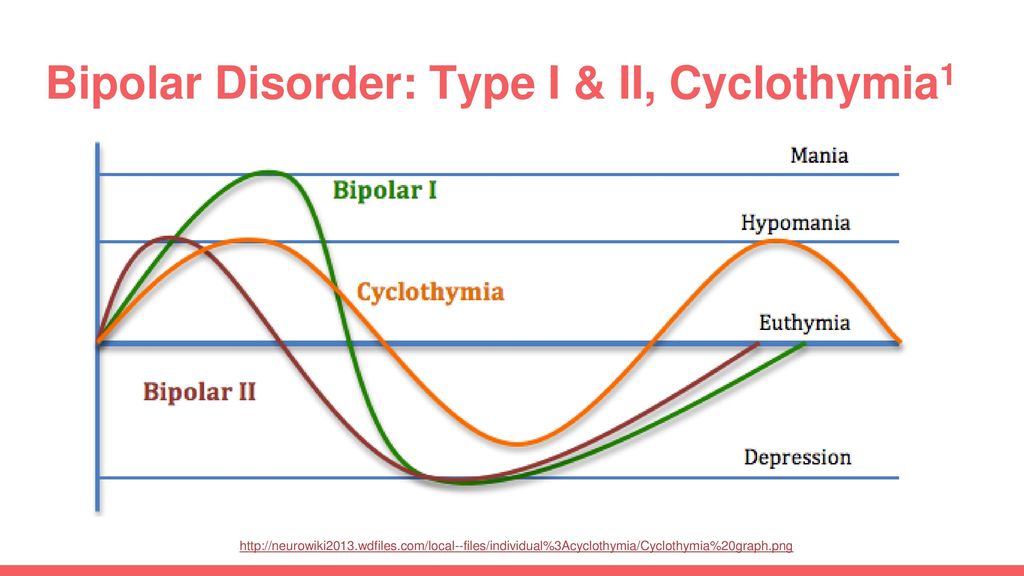 Sometimes a patient with a disorder is accompanied by insomnia, suicidal thoughts, lack of appetite. Pronounced symptoms are the reason for the patient's social and professional maladaptation and a significant deterioration in the quality of life.
Sometimes a patient with a disorder is accompanied by insomnia, suicidal thoughts, lack of appetite. Pronounced symptoms are the reason for the patient's social and professional maladaptation and a significant deterioration in the quality of life.
If we talk about the depressive phase of bipolar affective disorder, then it is caused by several factors and is accompanied by the following symptoms:
- Endogenous depression (permanent depressed mood) accompanied by vitality - feeling alive, able to move, energetic.
- In the stage of the depressive triad, when a person does not feel like a full-fledged member of society and melancholy is fully manifested, slowness in speech and movement is observed.
- Pronounced change of mood. From the morning bad mood with a feeling of melancholy and anxiety, nothing remains by the evening.
- Disorder of appetite. Not a single meal seems tasty to the patient, he begins to lose weight, and in women there may be a violation of the monthly cycle up to complete disappearance.
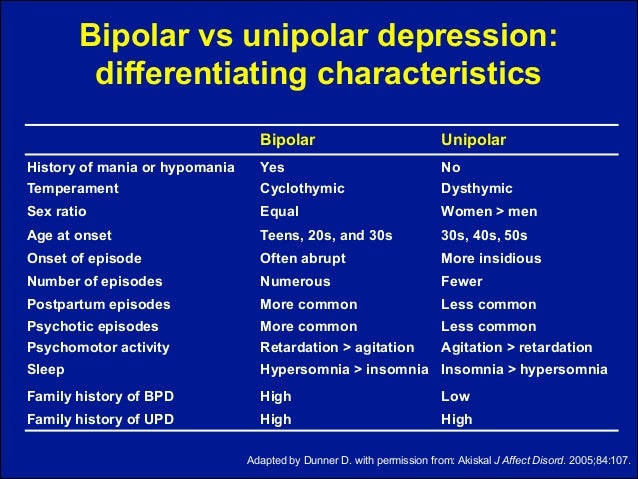
- May present with psychomotor retardation.
- Constant feeling of melancholy.
- Complete decrease in sexual desire and loss of maternal instinct.
- Periodic occurrence of suicidal thoughts.
- Occasionally, some patients experience tachycardia, constipation and mydriasis - dilated pupils.
- Rarely, delusions, hallucinations may occur.
It is important to understand that patients are at high risk of suicide during this phase. According to statistics, this phenomenon occurs in 40% of cases. Therefore, it is so important to diagnose it in time for subsequent timely treatment.
The manic phase of bipolar affective disorder varies in severity from elevated mood to severe mania. In the first state there is no self-criticism, a person is adaptive to the environment. This phase is characterized by the following symptoms:
- Manic triad: increased mood, accelerated thinking, movements.
- Activity, energy, burst of energy.
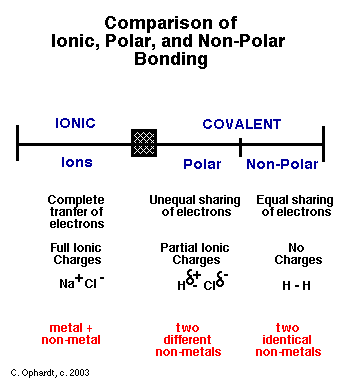 The patient takes on many things, but does not complete any one.
The patient takes on many things, but does not complete any one. - Lack of concentration.
This phase has 5 stages:
- Hypomanic, which is characterized by increased mood and cheerfulness. Patients experience an increase in appetite and sleep duration.
- Expressive, which is accompanied by constant jokes and chatter against the background of short-term outbursts of anger.
- A violent state in which a prolonged excited state is accompanied by disorder and incoherent speech.
- Motor calmness.
- Reactive with the return of all symptoms of mania to normal. Sometimes in this scenario, patients may experience amnesia and some episodes of mania are simply forgotten.
If the main symptom of the manic phase of bipolar affective disorder is increased excitability, then in the depressive phase, on the contrary, the mood is constantly sluggish. Patients with a manic stage of development cannot soberly assess their behavior or completely deny it.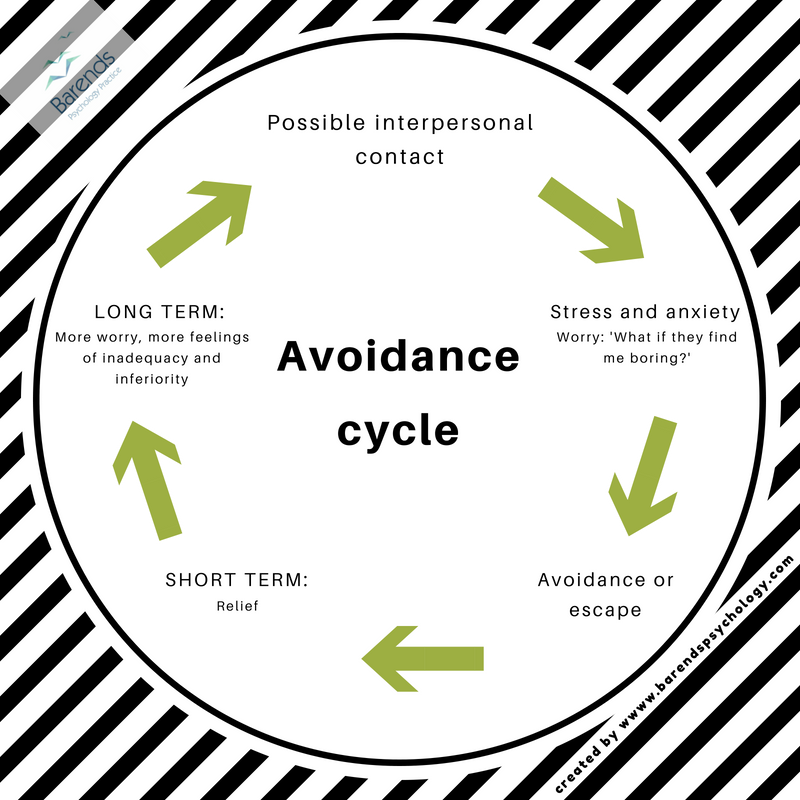 In parallel with euphoria, irritability and anxiety develop. A person is uncomfortable in this state.
In parallel with euphoria, irritability and anxiety develop. A person is uncomfortable in this state.
It is possible to make a diagnosis with a prolonged course of the disease - more than 1 week with the preservation of the phase at the main time of the day. Along with irritability, 4 additional symptoms will certainly appear. Symptoms can shift in different directions, turn from hypomania - a mild state, high activity and high spirits, into a manic psychosis. Patients with psychosis are visibly active, behaving erratically, sometimes screaming, sometimes singing. Excitation reaches its climax, the state is not stable, irritability increases, sometimes delusions or hallucinations develop. Manic psychosis is often confused with schizophrenia.
Mixed bipolar affective disorder is a mixture of two phases that literally drives the patient crazy. On the one hand, he has a pronounced stream of brilliant thoughts, on the other, suicidal thoughts and feelings of guilt. This is a very dangerous phase, which is a prerequisite for suicide.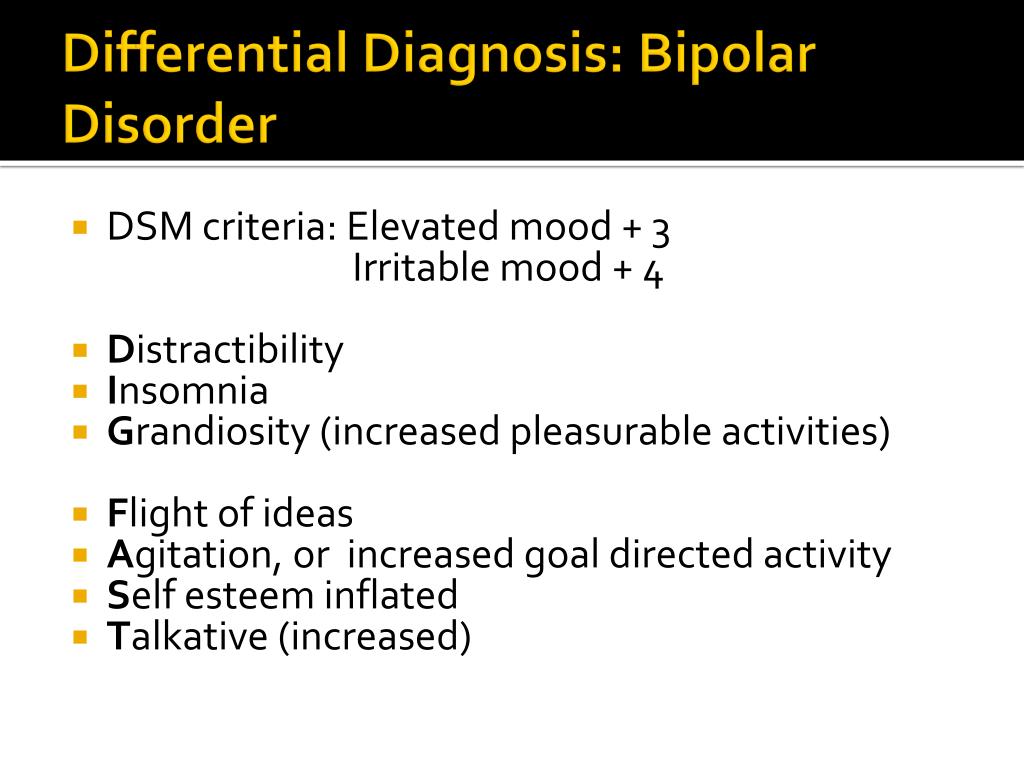 The feeling of anxiety grows even more than in the other two phases, especially if it is caused by alcohol.
The feeling of anxiety grows even more than in the other two phases, especially if it is caused by alcohol.
A patient with bipolar disorder cannot perceive criticism and does not adequately assess his condition. Any episodes can cause rash actions, unreasonable risks that pose a threat to both him and other people.
No matter what type a person has and no matter how the course of bipolar affective disorder passes, timely diagnostics will help stop the course of the disease and prevent future complications. It is important to understand that a person's life is divided into several bands with the development of this disease: months of impenetrable darkness and the same amount of time of euphoria. The person himself does not understand that he needs help, and he does not consider himself sick.
If a person develops bipolar disorder against the background of other concomitant mental illnesses, such as:
- obsessive state;
- alcohol or drug addiction;
- eating disorders;
- Attention deficit coupled with hyperactivity;
- social phobia;
- panic attacks and other diseases, the course of the disease can worsen significantly.
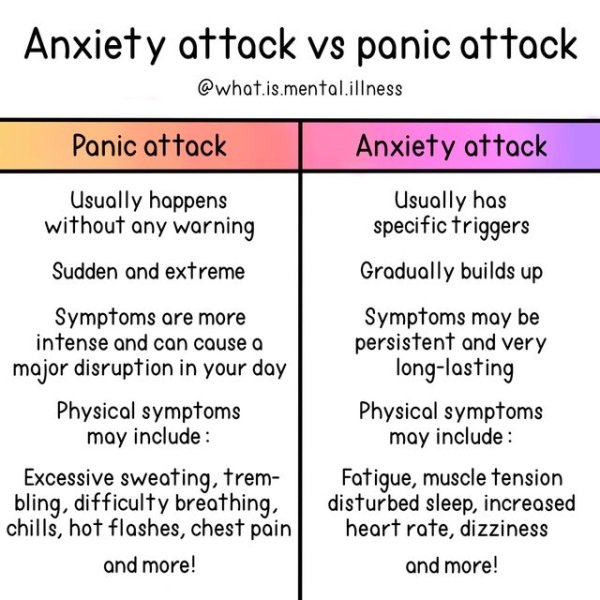
Complications of bipolar affective disorder
Complications of bipolar affective disorder are characterized by the development of non-medical diseases, namely asocial adaptation. Thought processes also change, mental ability and attention decrease, memory deteriorates. In some patients, the worldview changes completely. According to the conducted research, it was revealed that the creative potential directly depends on the course of BAD. People could not make contact with others. This applies, by the way, to both adults and children.
Patients with a depressive phase and suicidal thoughts are prone to it, which can also serve as a sad outcome for a person. A constant change of mood, a complete change in thoughts and consciousness, the inability to lead a full life, live in a family and raise children, the inability to adequately assess one's condition and others - these and many other possible consequences of bipolar affective disorder that need to be nipped in the bud and prevent the disease from developing .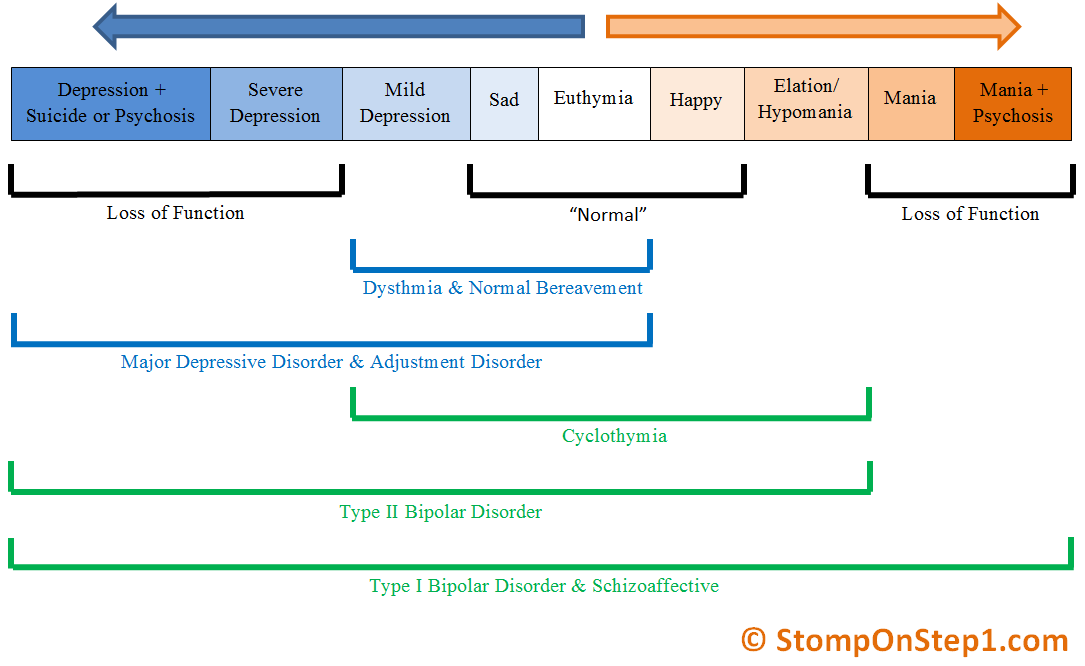
When to see a doctor?
You need to consult a doctor already if one or two of the above symptoms occur, regardless of the phase, for 1 or more weeks.
When you understand that a person close to you is constantly in a depressed state and immediately becomes cheerful, when a person gets bored with life, his hands drop, or he is energetic, excited, grabs at everything, but does not complete everything to the end, then it is worth sounding the alarm. Only a doctor will be able to diagnose whether it is a disorder, what degree it has, and how the course develops.
Diagnostics
Diagnosis of bipolar affective disorder is based, first of all, on a survey of the patient himself. After all, he does not admit to the presence of hypomania or mania until he is asked.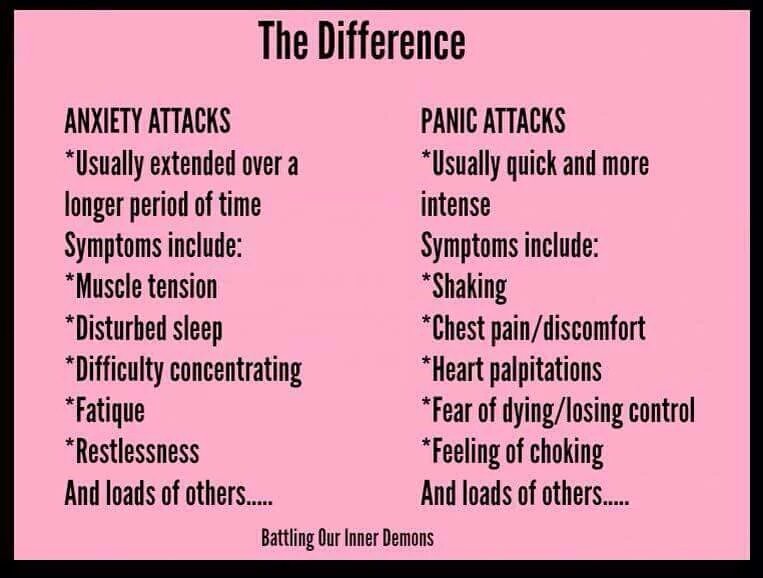 Questions about suicide, plans for the future, can be good helpers in identifying the disease. The second key point is the delivery of hormones to check the functions of the thyroid gland. Among other things, it is necessary to obtain an anamnesis for the use of drugs and alcohol by collecting urine and blood.
Questions about suicide, plans for the future, can be good helpers in identifying the disease. The second key point is the delivery of hormones to check the functions of the thyroid gland. Among other things, it is necessary to obtain an anamnesis for the use of drugs and alcohol by collecting urine and blood.
It is important to periodically evaluate people with schizophrenia for manic symptoms, however, unlike people who have bipolar disorder, they cannot return to normal between phases. Panic attacks, phobias, obsessive-compulsive disorders can make the diagnosis much more difficult.
Treatment
Treatment of bipolar affective disorder is possible both with the help of therapy and medication.
Treatment consists of several stages:
- Relief and control of symptoms.
- Long-term treatment until remission is achieved.
- Treatment maintenance and prevention. Trying to keep remission.
The choice of medicines is a little complicated by their possible side effects, moreover, no medicine can be called universal.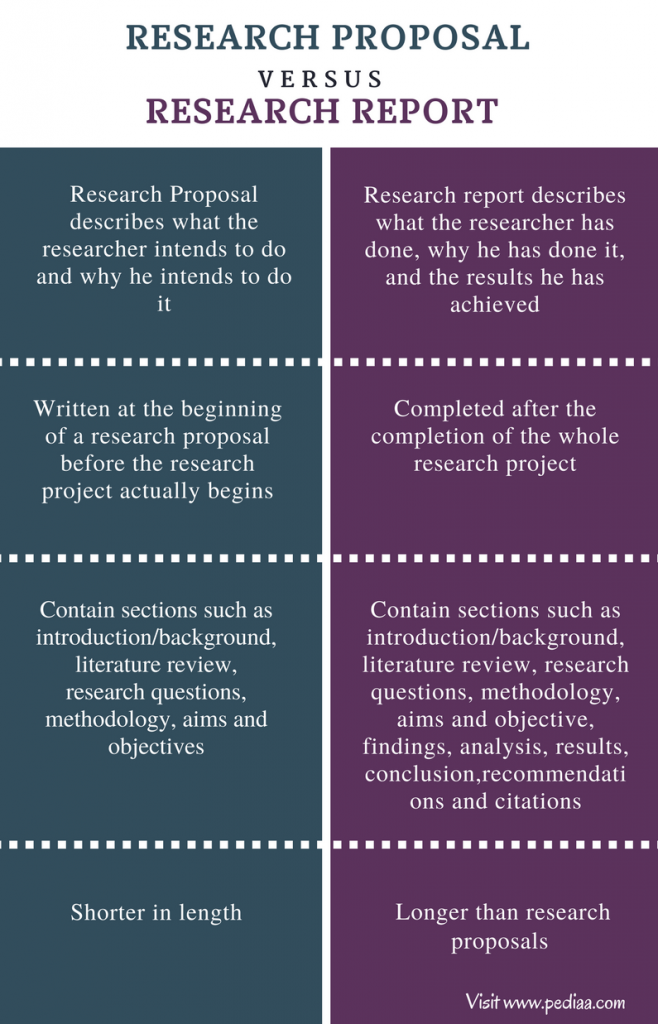 It is important to apply the drugs previously prescribed to the patient, which gave a positive result. If the treatment will take place for the first time, then the appointment of drugs depends on the history of the disease and symptoms. Treatment of severe forms may be accompanied by the appointment of specific antidepressants, the effectiveness of which, however, has not been proven.
It is important to apply the drugs previously prescribed to the patient, which gave a positive result. If the treatment will take place for the first time, then the appointment of drugs depends on the history of the disease and symptoms. Treatment of severe forms may be accompanied by the appointment of specific antidepressants, the effectiveness of which, however, has not been proven.
Among the drugs for the treatment of bipolar affective disorder, mood stabilizers and antipsychotics of the 2nd generation are distinguished. They can be used both separately and in combination with each other. For a more effective recovery, the patient needs to independently work to improve his condition. Hospitalization is possible, but only in a manic episode with type 1 bipolar disorder. At the same time, treatment can be both voluntary and compulsory. Staying in the clinic during this period is a long stage, as full outpatient treatment is carried out.
In addition to drug treatment, therapy for bipolar affective disorder is used.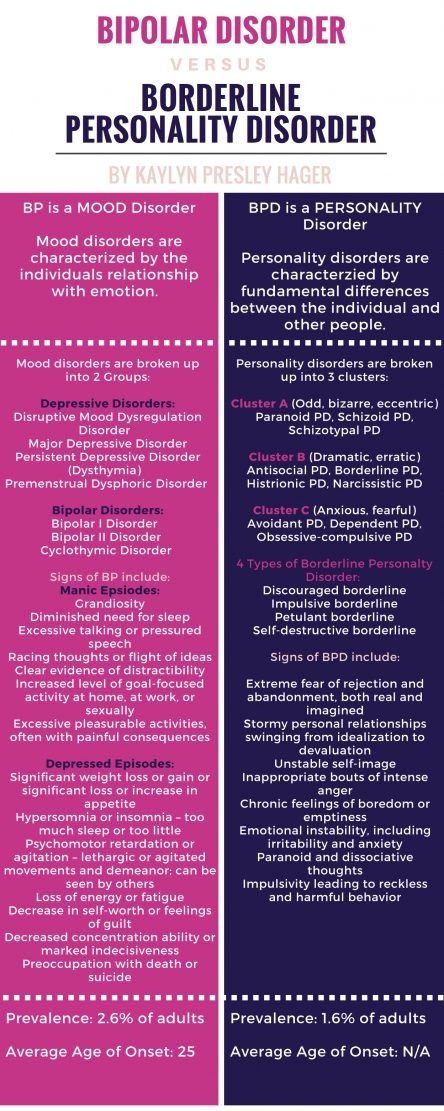 This can be phototherapy during the bipolar season of any type. However, this method is concomitant. The main treatment is medication and symptomatic relief.
This can be phototherapy during the bipolar season of any type. However, this method is concomitant. The main treatment is medication and symptomatic relief.
It is also important to correctly predict the further course of the disease, because the quality of treatment depends on this. Among all types of phases and periods, a fast-cyclic disorder can be predicted the worst, since it is often diagnosed incorrectly, which entails subsequent incorrect treatment.
+7 (495) 121-48-31
Prevention or advice in case of illness
There are no clinical guidelines for bipolar affective disorder as such. It is important not only to maintain therapy, but also to exclude factors that can cause the development of the disease and eliminate all negative factors:
- exclude alcohol and any psychotropic substances;
- observe sleep and food intake;
- lead a healthy lifestyle;
- actively communicate with colleagues and friends;
- try not to be alone;
- find any hobbies outside of work.
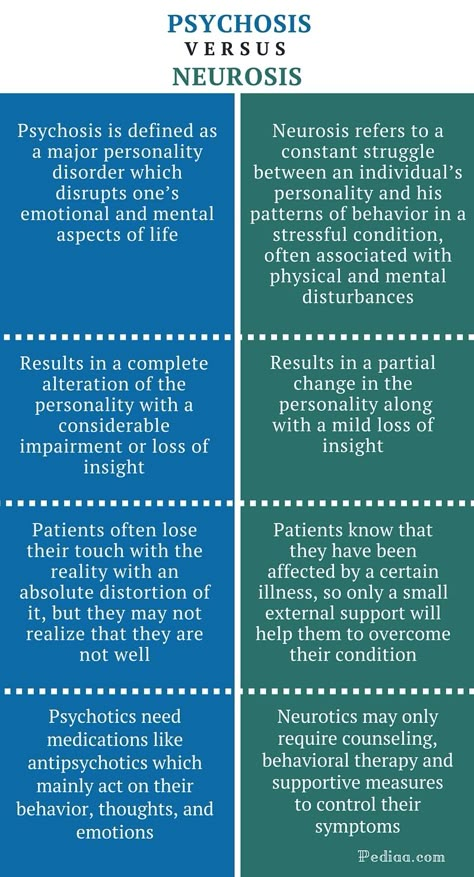
These simple rules will help, if not cured, then delay the approach of the disease for a long time and make it easier to endure its course. If you notice any of the above symptoms in yourself or your loved ones, be sure to consult a doctor. The specialists of our clinic will help to make a timely diagnosis, highlight the phase of bipolar disorder and prescribe the right treatment that will give a positive result. Be healthy!
References:
- Zhmurov V.A. Mental disorders
- Tyuvina N. A., Stolyarova A. E., Smirnova V. N. Bipolar affective disorder: gender characteristics of the course and therapy
- Tiganov A.S., Snezhnevsky A.V., Orlovskaya D.D., Manual of Psychiatry
- Tiganov A.S. Manual of Psychiatry - M. Medicine
- Bukhanovsky A.O., Kutyavin Yu.A., Litvak M.E. General psychopathology
- A.V. Snezhnevsky - Clinical Psychiatry
- Gert Sauer Siberian Lectures on Analytical Psychology
Main differences between depression and anxiety
Publication date
June 9, 2022
PSYCHOLOGY
There are many things to worry about in our lives.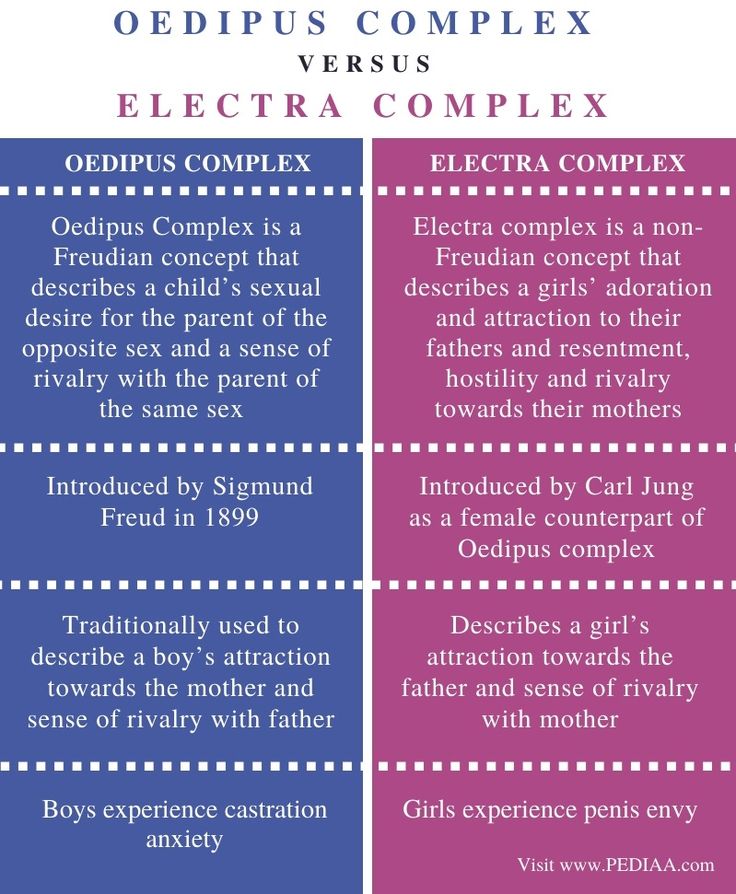 Some are worried about problems at work, others are worried as a result of a protracted family conflict. The difference is that someone experiences just an emotion that changes together with external circumstances, and someone develops a psychopathological syndrome. In this article, we will look at how depression and anxiety disorder differ from each other, and what physical signs they have.
Some are worried about problems at work, others are worried as a result of a protracted family conflict. The difference is that someone experiences just an emotion that changes together with external circumstances, and someone develops a psychopathological syndrome. In this article, we will look at how depression and anxiety disorder differ from each other, and what physical signs they have.
Mental differences between anxiety and depression
Not all people are able to distinguish between these states. Each of them has its own characteristics.
Alarm
Anxiety is the body's response to stress. There are two types of anxiety:
- Adaptive. Healthy people may experience discomfort in conditions that seem dangerous to the brain. However, adaptive anxiety passes quickly and does not have a negative impact on life.
- Pathological. With regard to this type of anxiety, it has a pronounced all-consuming feeling, accompanied by a feeling of helplessness and a strong threat.
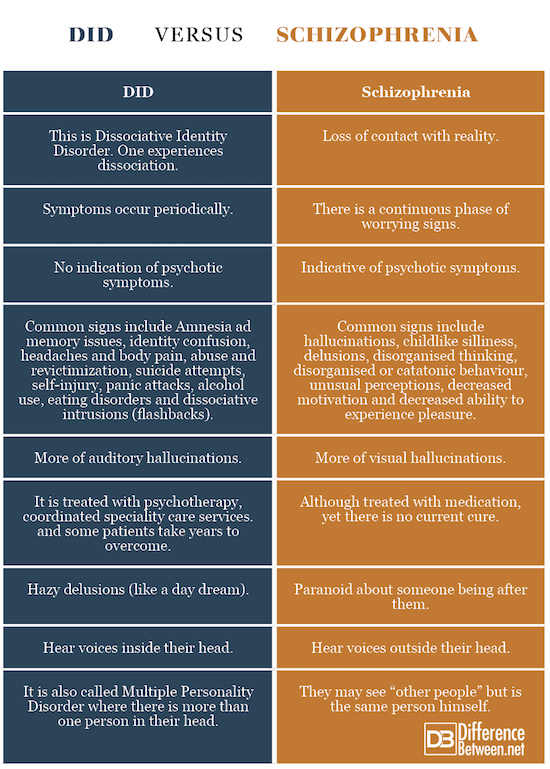 This reaction can occur without any reason. Pathological anxiety can be chronic, paroxysmal and post-stress.
This reaction can occur without any reason. Pathological anxiety can be chronic, paroxysmal and post-stress.
Persistent, or chronic, anxiety is the most common and has a negative effect on a person's emotional health and life.
With an anxiety disorder, a person experiences constant fears that something is about to happen in the future. He constantly has thoughts that something will go wrong. He tries to avoid things that cause anxiety.
Depression
A person can be depressed for weeks or months. The presence of this disease may even affect how quickly he can recover from illness. Most often, depression occurs as a result of a combination of several traumatic factors. Often it is provoked by events such as the death of a loved one, moving, a serious illness, childbirth.
In a depressed state, a person feels sadness, and it seems to him that the future is hopeless. He does not believe that something good is waiting for him, and if he feels anxiety, then very little.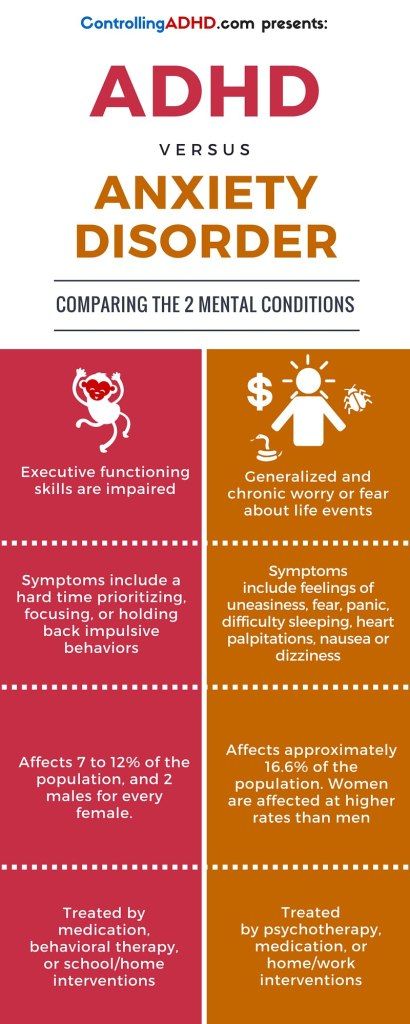 There may be suicidal thoughts.
There may be suicidal thoughts.
Physical state differences
Both conditions often have physiological manifestations. In the case of an anxiety disorder, they appear after intense anxiety. In depression, the physical symptoms are almost constant.
The most typical manifestations of anxiety:
- Tension in the body and muscles.
- Tachycardia.
- Excessive sweating.
- Chill.
- Dizziness.
- Nausea.
- Tremor.
- Pain in the abdomen, head and other parts of the body.
- Difficulty breathing.
- The degree of manifestation of the disorder largely depends on the stage of the disease and its neglect. To prevent depression from appearing against the background of a psychopathological state, anxiety treatment should be started at the very first of its symptoms.
- The main physical manifestations of depression are:
- Apathy.
- Constant fatigue.
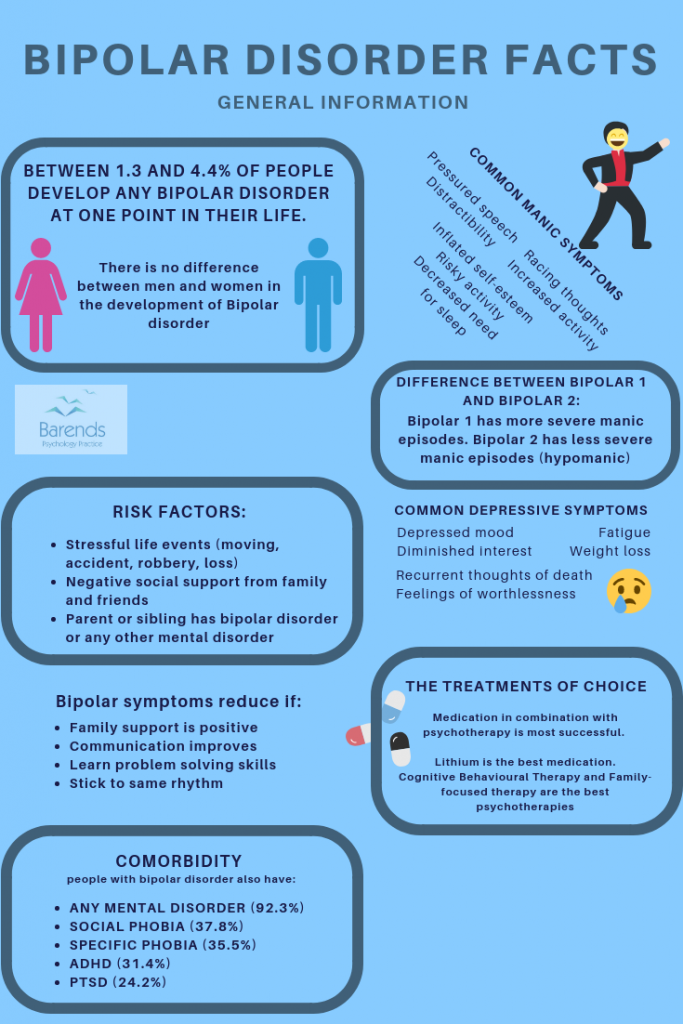
- Sleep and appetite disturbance.
- Lack of energy.
- Lethargy.
Often these two diseases are also confused for the reason that depression can arise as a result of experienced anxiety. A person can feel completely empty and hopeless even if the alarming situation has been eliminated.
Helping people with depression in Minsk includes sessions with a specialist and drug therapy, which helps to understand yourself and your thoughts. Conversations with a psychotherapist allow a person to develop the skills of correct behavior and reaction to stressful situations, as well as form the correct attitude to what is happening.
Common mistakes in treating depression and anxiety
Since the effectiveness of treatment largely depends on the patient, it is necessary to listen to all the recommendations given by the doctor. However, many people make mistakes that can negatively affect recovery:
- Delay with the start of therapy.


